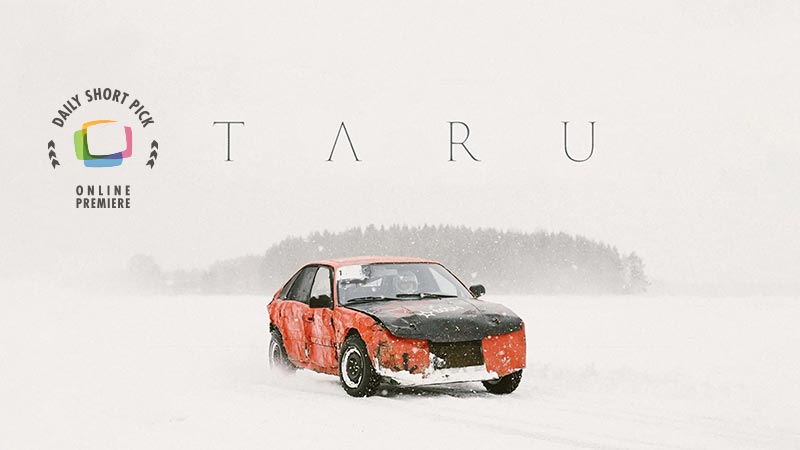faceoff Racing is the latest instalment of the award-winning series of sport films by the title faceoff. Each film aims to capture to core energy of the sport by telling a story about the mental challenges.
Director’s Statement
faceoff Racing is part of my personal work by the title faceoff, a series of sport films reflecting the core theme of the sport portrayed.
As a kid I spent a year, almost every day in a go-kart and absolutely loved it. I knew the track so well I could almost tell if there’d been some gravel in a turn that wasn’t there before. Pro drivers actually know the tracks intimately and can do laps in their mind. Our driver Nicki Thiim actually did a couple of those for us while we shot close ups of the steering wheel. When racing I feel like you switch to tunnel vision, an addictive rush which I wanted the audience to experience. It was not about fancy race cars, but the emotion of racing.
We shot faceoff Racing in probably one of the most challenging filming environments for storyboarded projects – an official championship race with massive limitations and restrictions. Usually when filming non-documentary you are the priority and in control. On a race weekend you’re the last priority. The teams are under extreme pressure and have to win a race, race control and the marshals have to ensure everybody’s safety. You’re basically in everyone’s way all the time, whilst everyone is under high pressure. This means you have to be really sensible about what’s happening around, know exactly what you want, where to get it and adapt constantly when things are changing. We are extremely grateful for the friendly, supportive and mutually understanding collaboration we experienced with the British GT, the MSA, Aston Martin Racing and the racing team TF Sport. Initially they all got on board because of a mood film which was about 90% where we wanted the final film to be. This outcome was our promise and we are extremely happy that we were able to keep it despite the difficult shooting conditions.
The pre-production took 6 months, including test riggings, meetings with the MSA on how and where to place cameras securely. We even had to postpone the shoot due to a massive crash our car had in Monza. It was in a million pieces and the team were under a lot of pressure to calibrate a new one for the race we intended to shoot. That meant pushing the shoot not just to the next race but to still get a nice variety of perspectives we needed a racetrack with hills which meant waiting even longer. The next race on such a track was three months later in legendary Brands Hatch. In regards to the timing it was a bitter pill to swallow but for the narrative to work we needed to get the audience inside the drivers head, feeling what he felt whilst keeping it visually interesting; which meant it was absolutely worth the wait.
Usually I’m pretty well prepared for shoots but have never in my life have been more, than for this one. Everything is tightly scheduled, if you miss a shot, you don’t have a second chance and the slots to get them are extremely small. For example all shots in the starting grid, about 40% of the film we had to shoot in just 10 min. In close coordination with the marshals we came up with a plan – you could almost call it a choreography – starting with where the cars or people we wanted to shoot were, what shots of them to take, when is the grid rammed with people, when empty, when to get on track with the marshals, when allowed to move freely, when and where to join them again (3 min till green) and keep filming under their strict supervision. All steps broken down in 30 to 60 second windows. We worked with a very small crew, the DOP Matt Murray and his team knew their way around the grid lanes, which was essential.
In post we had the generous support of Stitch Editing, The Mill London, GCRS and Dolce Music, highly talented and amazing people to work with. On the production side it was the job of our wonderful producer Natalie Wetherell who used her many years of industry experience to get everyone on board and pull all of this off for what was basically just expenses.
It was an intense ride and a wonderful experience to work with the racing community – a very supportive, respectful and friendly environment. I am very proud of everybody who’s been a part of this project; a project that people had told me many times would be an impossible undertaking.



